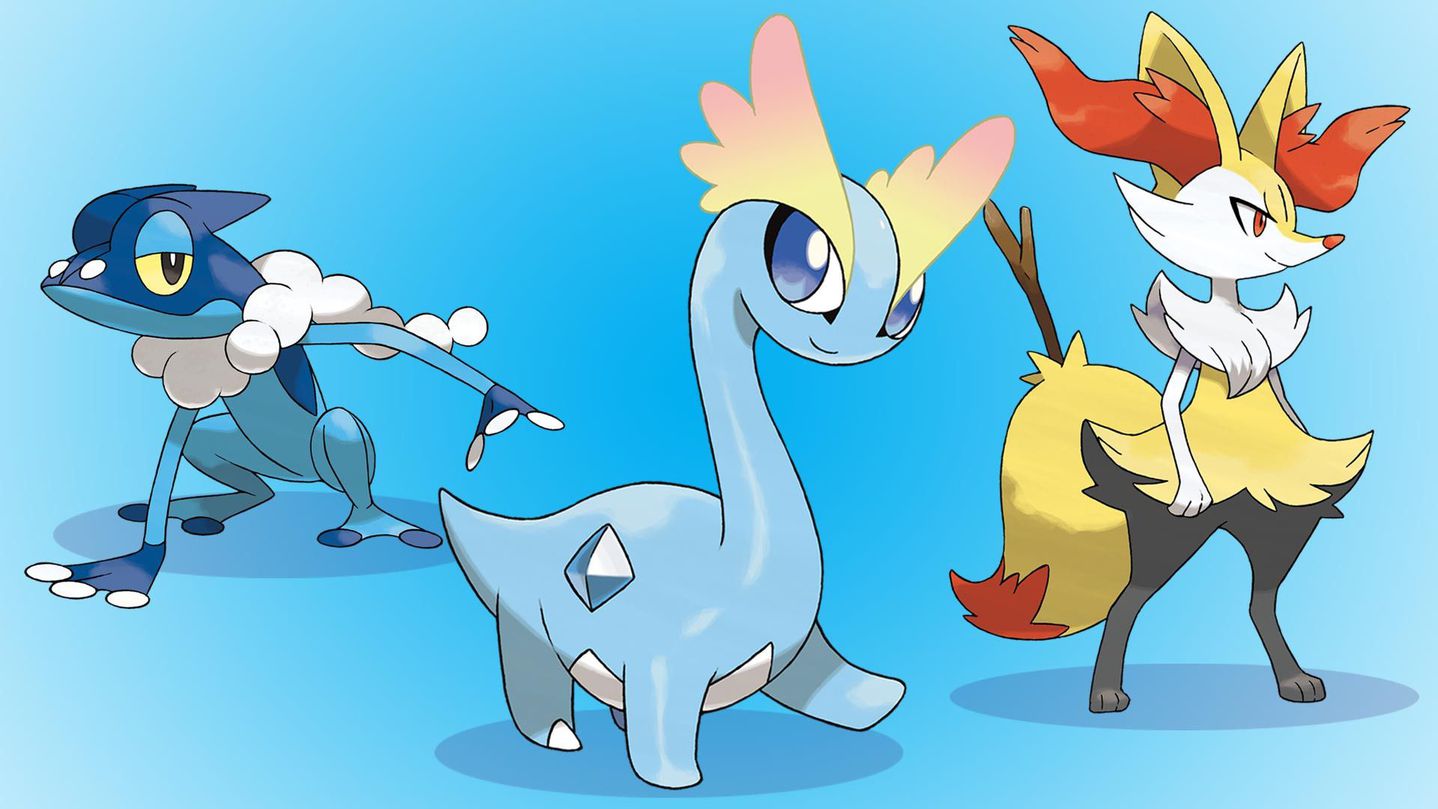10 Questions With the Director of ‘Pokémon X’ and ‘Y’

The next generation of Pokémon games bring the franchise into a brave, new world: one that enters the third dimension for the first time. When Pokémon X and Y come out around the world on Oct. 12, it will push the franchise forward with help from Nintendo’s powerful 3DS handheld. Pokémon X and Y are the first games in the seven-generation franchise to immerse players in a 3D world; previous titles relied on two-dimensional sprites for worlds, characters and Pokémon. This leap forward for the series and the more powerful 3DS handheld have inspired lots of changes in the new games. To learn more about how Pokémon X and Y took shape during development, Mashable sat down with Junichi Masuda, the director for X/Y. He’s been involved with studio GameFreak since its launch in the mid-90s, first composing music for Pokémon titles, then moving on to direct games. Mashable: What did it take to translate the sprites and two-dimensional art into that 3D world? Masuda: When we first decided to develop on the Nintendo 3DS, we looked at its much-improved rendering power. We always knew we wanted to bring Pokémon into 3D, but we didn’t want to bring it in a traditional realistic sense. We wanted to convey the soft feel of the 2D in previous games. After doing some experimentation, we made that determination that we could get that same feel across in 3D and just went for it. Now that there are hundreds of them available, how much work was it to turn the Pokémon sprites into full 3D characters? Masuda (with input from graphic designer Hironobu Yoshida): It was quite difficult to translate the 2D models, especially with that characteristic style we have in the GameFreak games. That characteristic style was hard to translate. The 2D sprites appear just as you draw them in previous games. That allowed us to make a lot of adjustments to the models even late into the development period. But because of the 3D, we had to have the settings and animations finalized well in advance of previous titles. Also, now that we’re working in 3D, we had to make the settings of each character much more detailed than before. For example, we had to really think about the thickness of something — what a Pokémon’s tail looks like on the inside — in order to create these 3D models. The 2D images have these different thicker lines and thin lines that accentuate different pieces of each character, and getting that translated into 3D was very difficult and took quite a bit of time. How do you design new Pokémon for each game? Masuda: Each time, we have different settings for each game’s regions, and those are based on real-world regions. Getting inspiration for what kind of creatures live in those regions and coming up with ideas for new Pokémon is one of the things we do as graphic designers. We’re also challenging ourselves to come up with things we haven’t done […]